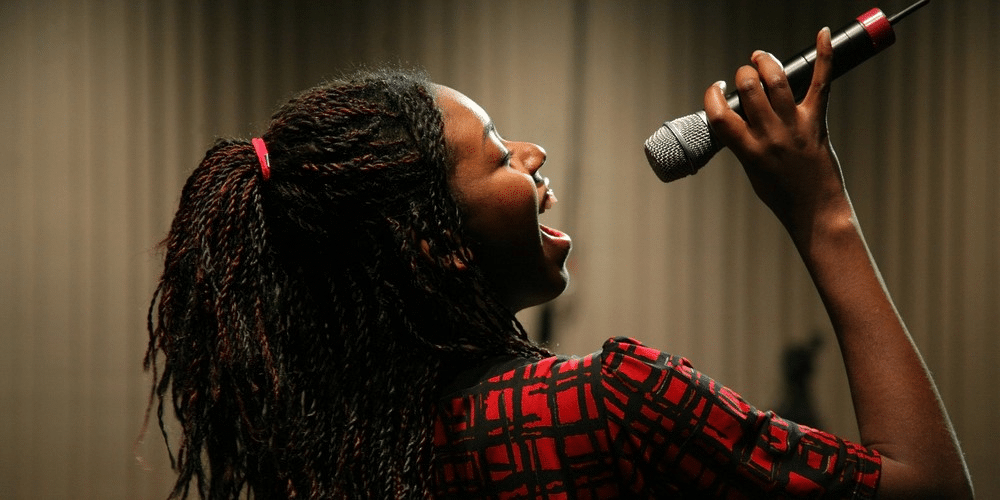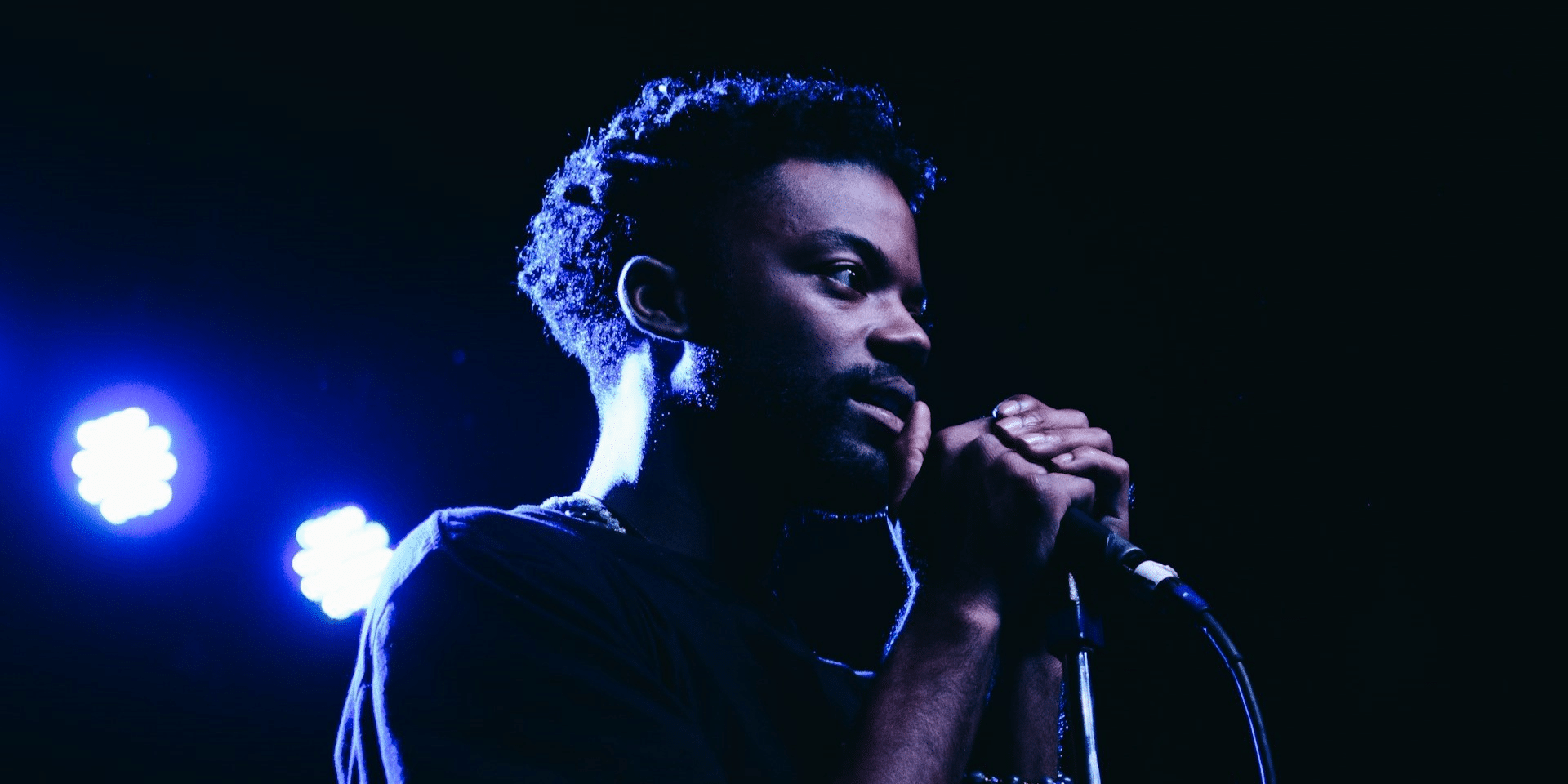Image Commercially Licensed from: Unsplash
George A. Romero shocked the world when he unleashed a new wave of horror with his zombies in Night of the Living Dead in 1968. While the fear factor may have subsided in the years that followed, Romero would strike once again a decade later with his sequel, Dawn of the Dead.
While his terrifying debut with a different kind of zombies may have horrified audiences around the world, the true horror was buried deep within the tone of his movies as Romero tackled real-life issues. Night of the Living Dead led people to realize that the humans were just as much the monsters as the ghouls that scratched and clawed the doors, and the zombie godfather would continue his narratives through his sequel.
Dawn of the Dead was released in 1978 and continues where its predecessor left off. However, this time he continued his narrative by taking the audience far from the solitude of the farmhouse and showing them what happened in the cities where the dead terrorized the living within a concrete setting. The film opens up with the natural order of the world spiraling down. He introduces the audience to a television news studio where panic has been running rampant.
The spotlight is shared between Stephen Andrews and his girlfriend Francine Parker and Roger Demarco and Peter Washington. With the latter two, the audience witnesses domestic racism as Roger and Peter attempt to subdue a racist member of the national guard going on a rampage killing minorities. As they leave, they encounter a priest whose presence touches on the irrationality of blind faith in religion amid the chaos. Meeting up with Stephen and Francine, the group makes their escape, witnessing the violence of the military and rednecks shooting to their heart’s delight. Romero once again presents a mirror to the audience, showing them the horrors of humanity once a crisis disrupts their daily lives.
The group makes their way to a mall. Despite being overrun by zombies, they manage to sweep the venue and block all entrances, establishing their sanctuary. Once there, they fall into their greed, opting to bask in their treasures and shut themselves away while concealing themselves from the world. After delving into desire, boredom creeps in, and material things no longer sparked the same sense of joy it did. As this occurs, more zombies start gathering outside their walls. It is the only thing they remember of their past lives, reflecting the people obsessed with material items.
While the group resolves to leave, a group of gun-loving outsiders invades their sanctuary, and Stephen perfectly reflects the consumer culture that swept the country, claiming, “It’s ours. We took it. It’s ours.” Choosing to stand and defend his materialistic obsession over his partner, Stephen eventually meets his demise. The humans and the zombies are two sides of the same coin, reflecting people during a Christmas sale or Black Friday as they rush to grab and claim items within their grasp. Francine and Roger are the only survivors left and choose to make their escape, leaving their sanctuary and greed behind.
Although the film is over forty-three years old, Dawn of the Dead’s message continues to stay relevant, especially amid the pandemic. The news of the virus reaching the shores caused nationwide panic, with people fighting among themselves for essential things to hoard. Despite the uncertainty of the situation, people—like the characters and zombies—have flocked toward their old way of life. Dawn of the Dead’s message still echoes to this day, reminding people to abandon their consumerist culture for a better chance to see tomorrow.
References:
https://nofilmschool.com/george-romero-dawn-of-the-dead-zombies
















